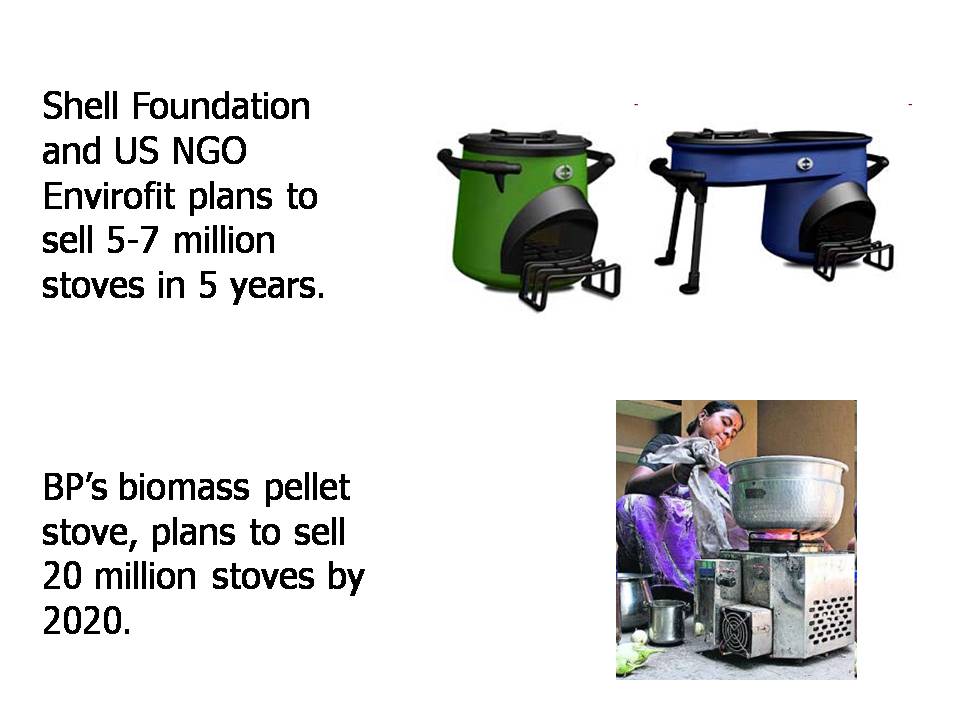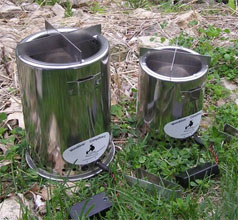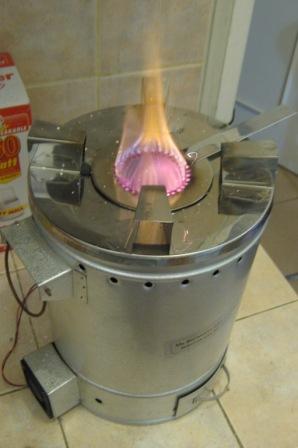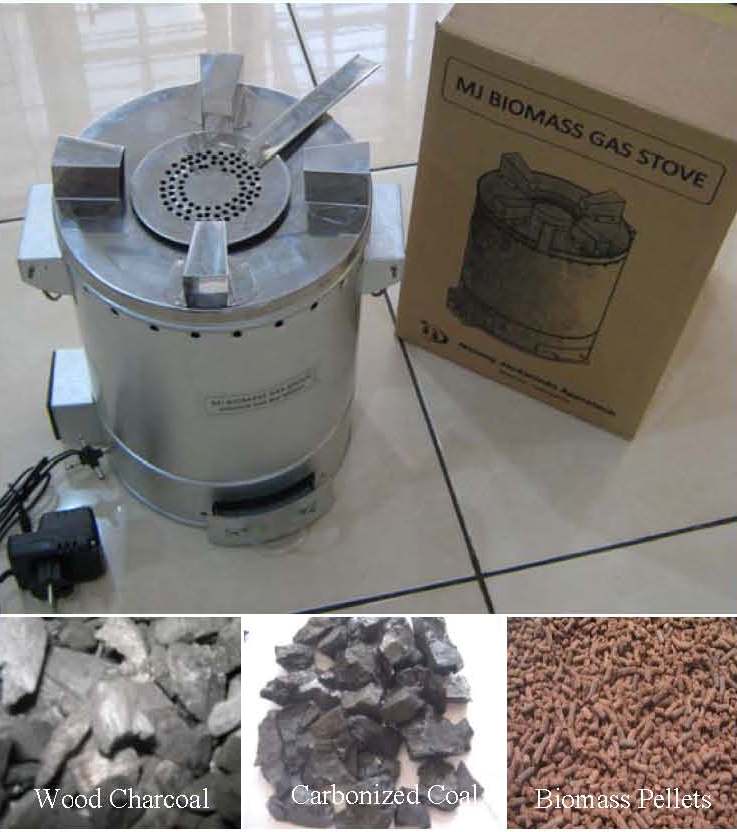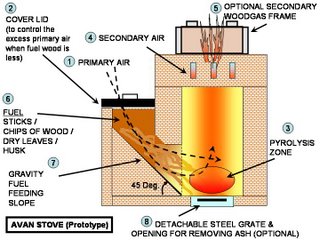Hi!
(little correction: i am a Hungarian born Hungarian citizen, and now living in Hungary again... )
When seeing the design from Haiti we were a bit afraid of using springs for ejection, so we really wanted to push from the bottom.. And that was a challenge with the spikes that make the holes.. And then my colleague had the great idea with the two-way lid. (He is called Attila, I include him in the list) And I dont think it should make much difference that the holes are rectangular.
The other great idea of his, which i am not sure if u can clearly see from the pictures, is that one of the lids is actually a tray that should slide under the briquettes after compressed (and pressed above the mould), and when you lower the jack, the briquettes just stay on the tray and can be moved (we will probably make another one of these, to save time like with the two mould sets with the legacy press). When we were testing the press, we had a little accident with the jack, so I am not 100% sure yet whether the tray will leave the briquettes intact(ish) but the first try when the jack was working was promising.
The fabricators are of a small coop from another very poor region of the country. (They are actually also Roma/Gypsy). A friend NGO set us up with them, and they were really great to work with.
Sure we would be very happy to make a manual out of this, but I first want to wait until we can properly test it and hopefully make a second prototype soon. The material costs were quite high which would be quite good to reduce.
I attach a collection of images and some info on presses that can be used as inspiration. (I think it would be really interesting to experiment with the screw press with the weights).
Thanks for your support!
All the best,
Nora
Nora Feldmar
jordan Release Dates
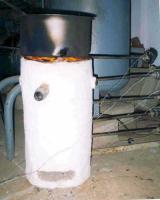 Natural Draft Gasifier - Kumar
Natural Draft Gasifier - Kumar

